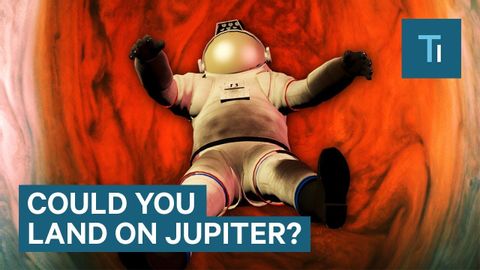木星に関する驚異的事実|もし木星に着陸しようとしたらどうなる?
Huahua が 2020 年 10 月 29 日 に投稿  この条件に一致する単語はありません
この条件に一致する単語はありませんUS /ɪˈvɛntʃuəli/
・
UK /ɪˈventʃuəli/
- v.t./i.ストレッチをする : 体を伸ばす;伸ばす : 張る : 広げる
- n.ストレッチ : 体を伸ばすこと;一続きのもの;(一続きの)時間 : 期間
- n. (c./u.)大きさや格など;うろこ;はかり;音階;規模
- v.t./i.(縮尺比に従って)拡大する : 縮小する;登る;魚のうろこを取る
US /ɪkˈstrim/
・
UK /ɪk'stri:m/
- adj.(程度が)最も高い : 極度の;極端な;強烈な;極端な
- n.(物事の)極端 : 極致;極限;極端な手段
エネルギーを使用
すべての単語を解除
発音・解説・フィルター機能を解除
